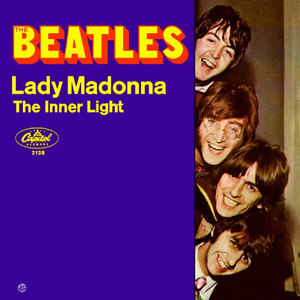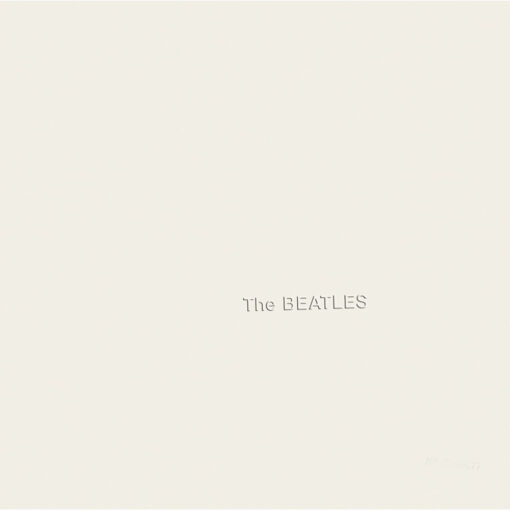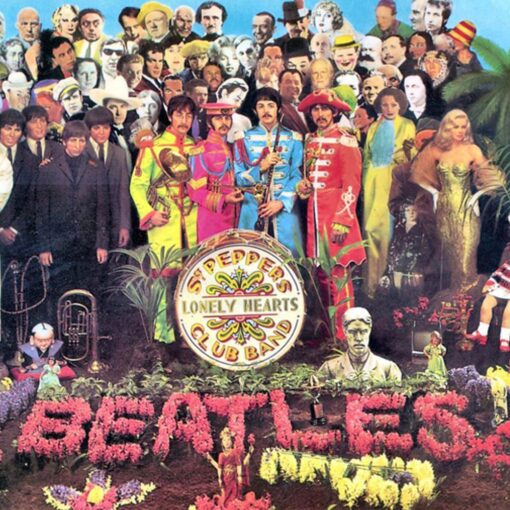- Published on 1969
- Author: Lennon/McCartney
- Track 10 on “Abbey Road“
JOHN 1969: “We just started joking, you know, singing ‘quando para mucho.’ So we just made up… Paul knew a few Spanish words from school, you know. So we just strung any Spanish words that sounded vaguely like something. And of course we got ‘chicka ferdy’ in. That’s a Liverpool expression. Just like sort of– it doesn’t mean anything to me but (childish taunting) ‘na-na, na-na-na!’ ‘Cake and eat it’ is another nice line too, because they have that in Spanish– ‘Que’ or something can eat it. One we missed– we could have had ‘para noya,’ but we forgot all about it.”
JOHN 1980: “That’s a piece of garbage I had around.”
GEORGE 1987: “At the time, ‘Albatross’ (by Fleetwood Mac) was out, with all the reverb on guitar. So we said, ‘Let’s be Fleetwood Mac doing Albatross, just to get going.’ It never really sounded like Fleetwood Mac… but that was the point of origin.”
About “Sun King”
“Sun King” is a captivating song featured 1969 album Abbey Road. Crafted primarily by John Lennon, with contributions from Paul McCartney, the song stands out for its distinctive integration within the medley alongside “Mean Mr. Mustard” and “Polythene Pam,” creating a seamless musical flow on the album.
“Sun King” adopts a relaxed, laid-back style, reflective of the experimental and psychedelic sound that characterized The Beatles’ work during this period. The song exudes a certain tranquility, inviting listeners into a dreamy musical landscape.
Interpretations of “Sun King” have suggested that it may draw inspiration from the influence of Eastern philosophy and mysticism that was pervasive in the late 1960s. This adds an intriguing layer of depth to the song’s meaning, as it could be seen as an exploration of spiritual themes.
Critically acclaimed, “Sun King” is celebrated for its atmospheric allure and distinctive linguistic approach. It exemplifies The Beatles’ willingness to explore new musical territories and demonstrates their boundless creativity.
Over the years, numerous artists and bands have paid tribute to The Beatles by covering “Sun King,” underscoring the enduring influence of the band on the musical landscape.
In the larger context of The Beatles’ discography, “Sun King” stands as a testament to the band’s ability to push the boundaries of songwriting and recording. Its enigmatic lyrics and dreamy musical style contribute to its lasting appeal among fans and music enthusiasts, solidifying its place as a noteworthy composition in the pantheon of rock music history.
Meaning of “Sun King”
“Sun King” by The Beatles is known for its distinctive and somewhat enigmatic lyrics, which include a mix of English, Spanish, and fabricated phrases. The song doesn’t have a clear, literal meaning and has been subject to various interpretations over the years.
John Lennon, who primarily wrote the song, incorporated a mix of English and Spanish, along with some phrases that don’t have a specific meaning. This linguistic experimentation may be viewed as a form of artistic expression rather than conveying a specific message. The overall effect is a sense of warmth, happiness, and carefree sentiment.
The song creates a dreamy, relaxed atmosphere through its musical style and lyrics. The use of phrases like “Quando para mucho mi amore de felice corazon” contributes to the song’s exotic and otherworldly feel. The intention might have been to evoke a mood rather than to convey a concrete narrative.
Some interpretations suggest that “Sun King” may have been influenced by Eastern philosophy and mysticism, which were prominent themes in the counterculture of the 1960s. Phrases like “mi amore” and “felice corazon” could be seen as references to universal themes of love and happiness.
The song could be seen as a celebration of artistic freedom and creativity. The use of non-standard language and the dreamy musical arrangement might represent a departure from conventional songwriting, reflecting The Beatles’ willingness to experiment and innovate. “Sun King” is a song that encourages personal interpretation. Its abstract and poetic nature allows listeners to derive their own meanings and emotions from the music.
In essence, “Sun King” is a song that prioritizes mood, atmosphere, and artistic expression over explicit storytelling. Its enigmatic lyrics and dreamy musical style invite listeners to immerse themselves in the music and draw their own interpretations based on their experiences and perceptions.
Personnel
- John Lennon – lead, harmony and backing vocals, electric guitar (with leslie effect)
- Paul McCartney – harmony and backing vocals, bass guitar, tape loops
- George Harrison – harmony and backing vocals, electric guitar (with tremolo)
- Ringo Starr – drums, bongos, tambourine, maracas
- George Martin – Lowrey organ




One thought on ““Sun King””